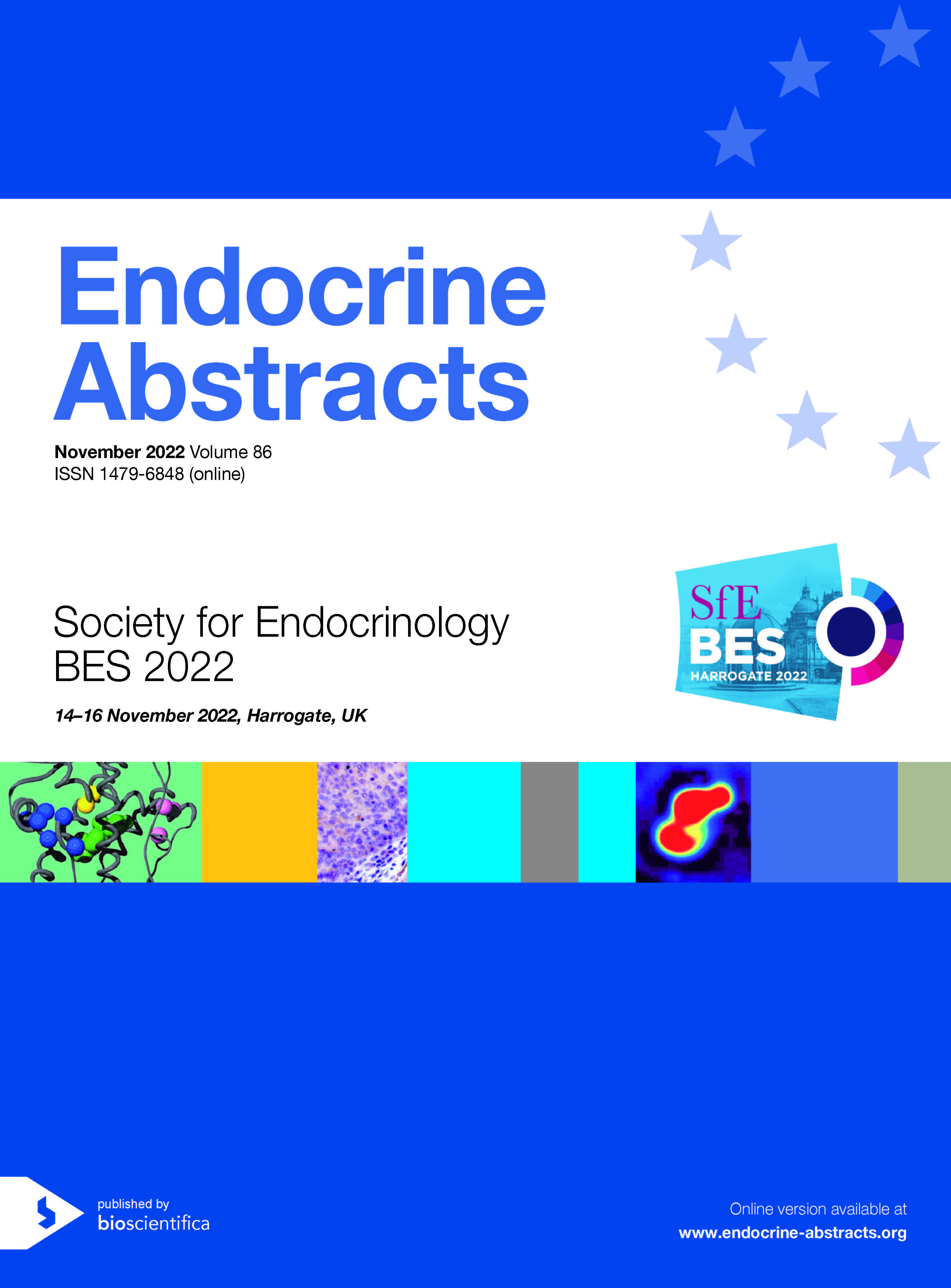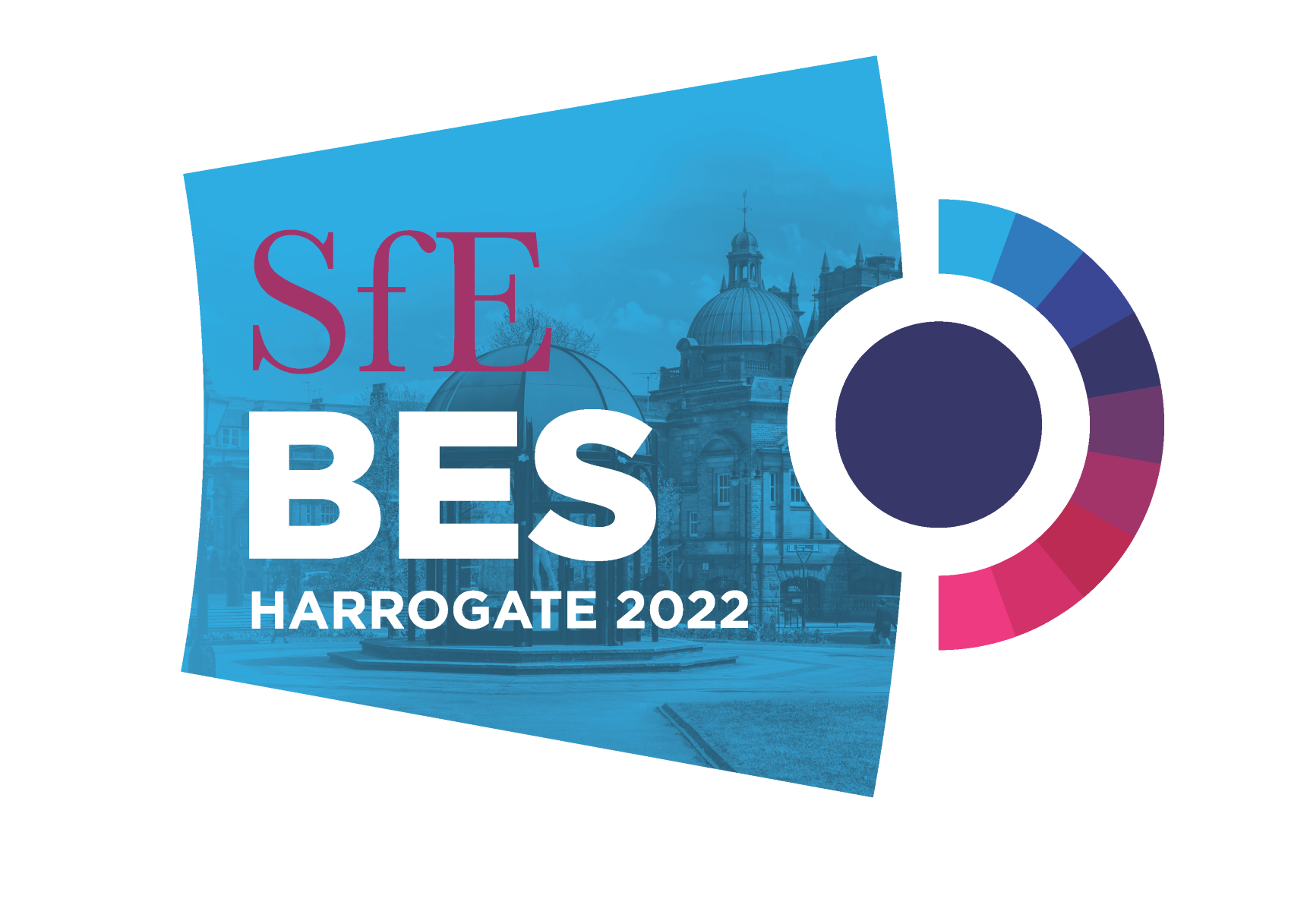Searchable abstracts of presentations at key conferences in endocrinology

Society for Endocrinology BES 2022
Harrogate,
United Kingdom
14 Nov 2022 - 16 Nov 2022

SfE BES is returning to Harrogate in 2022. Join with endocrine specialists from across the UK and beyond for the Society for Endocrinology's flagship meeting.
How Do I. . .? Sessions
How do I...? 1
ea0086hdi1.2 | How do I...? 1 | SFEBES2022
How do I diagnose and manage post-bariatric hypoglycaemia?
Bariatric or metabolic surgery, such as Roux-en-Y gastric bypass and sleeve gastrectomy are becoming increasingly prevalent as these treatments are now recommended as treatment choices for obesity and type 2 diabetes. Post-bariatric hypoglycaemia (PBH), typically a post-prandial hyperinsulinaemic hypoglycaemia occurring 1-3 hr after ingestion of food, is now more commonly encountered in practice, presenting either to endocrine/metabolic outpatient clinics or during medical on-...
ea0086hdi1.3 | How do I...? 1 | SFEBES2022
How do answer the common difficult questions from patients with hypothyroidism?
Many people are now obtaining health information from social media. Misinformation and conflicts of interest are rife on these platforms and can filter into the clinical setting, where patients increasingly attend with unrealistic expectations. The thyroid clinic is a prime example. Misconceptions can sometimes set the agenda and make consultations challenging. Here I will share my clinical experience about how to answer common difficult questions in the thyroid clinic and res...
ea0086hdi1.4 | How do I...? 1 | SFEBES2022
How do I use TRAb measurements to guide management in my patient with Graves’ disease (GD)
TSH receptor antibody (TRAb) assays are highly sensitive and specific for the diagnosis of Graves disease. TRAb can minimise need for additional radiological modalities such as ultrasound and isotope scan in excluding other causes of hyperthyroidism. The relapse rates of hyperthyroidism following a course of anti- thyroid drugs (ATDs) remains disappointingly high at between 50-70%. TRAb levels at diagnosis and at the completion of a course of ATDs can be useful in predic...
ea0086hdi1.5 | How do I...? 1 | SFEBES2022
How do I monitor a patient on mitotane?
Adrenocortical carcinoma (ACC) is a rare endocrine tumour with a generally poor prognosis. Mitotane is the only approved drug for treatment of advanced ACC (palliative setting). However, response is relatively poor with up to 20% of patients experiencing objective response (Megerle 2018). Moreover, adjuvant treatment with mitotane is frequently recommended for patients at high risk of disease recurrence after surgery (Terzolo 2007, Fassnacht 2018). Of note, mitotan...
ea0086hdi1.6 | How do I...? 1 | SFEBES2022
How to manage normocalcaemic hyperparathyroidism
Normocalcaemic hyperparathyroidism (NPHPT) is characterised by persistently normal calcium levels and elevated PTH values on at least two consecutive measurements, after excluding other causes of secondary hyperparathyroidism. This group of patients is challenging to identify and characterise. The prevalence of the disease in the literature varies significantly due to the various definitions used and the fact that not all causes of secondary hyperparathyroidism have been exclu...



